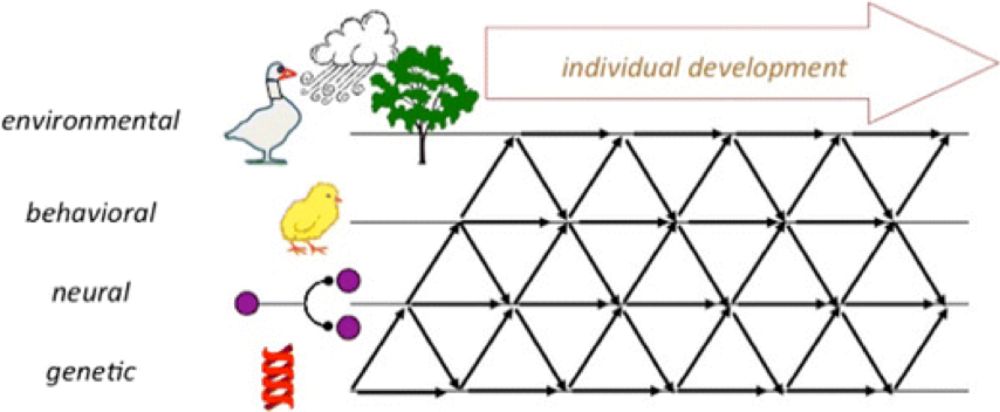Gregory Kohn
@kohngregory.bsky.social
2.5K followers
1K following
540 posts
Professor specializing in bird social behavior and ethology. Enactive cognition, developmental systems thought, ontogenetic niches, organismal agency, ייִדיש. PI: Animal Social Interaction lab, kohnlab.wordpress.com
Posts
Media
Videos
Starter Packs
Pinned
Reposted by Gregory Kohn
Reposted by Gregory Kohn
Reposted by Gregory Kohn
Reposted by Gregory Kohn
Stacy Farina
@stacyfarina.bsky.social
· Sep 2
Reposted by Gregory Kohn

































